Lemon Ricotta Cake
This Lemon Ricotta Cake is a beautifully balanced dessert that marries the light citrusy brightness of fresh lemon with the rich, velvety texture of ricotta cheese. Inspired by traditional Italian baking, this cake stands out not just for its moist, tender crumb, but for its understated complexity—where sweetness never overpowers, and each ingredient plays a quiet but essential role.
Unlike heavier butter-based cakes, the olive oil and ricotta create a soft, almost cloud-like interior, while the lemon zest and juice infuse every bite with subtle tartness. A delicate glaze—whether citrusy and sharp or smooth and chocolatey—adds the perfect final touch, while the optional ricotta cream filling elevates this cake from simple to celebratory.
Whether served at a family gathering, a spring brunch, or a quiet afternoon tea, this cake invites you to slow down and savor the elegance of honest ingredients brought together with care.
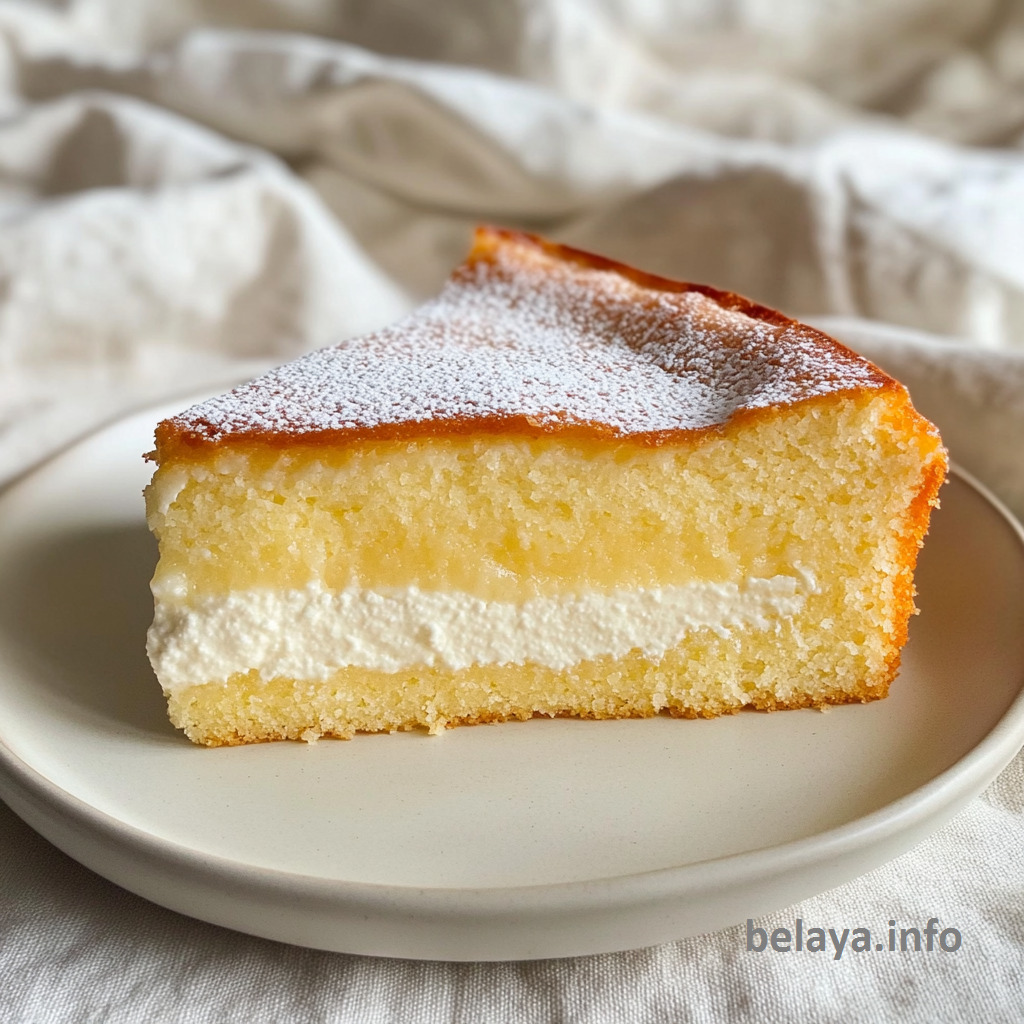
Why People Will Love This Lemon Ricotta Cake:
Moist and Tender Texture:
The ricotta and oil create a luxurious, velvety crumb that stays moist for days—softer and lighter than traditional butter cakes.
Bright, Balanced Flavor:
Fresh lemon zest and juice give the cake a clean, citrusy brightness that complements the richness of the ricotta without overpowering it.
Not Overly Sweet:
With a delicate sweetness, this cake appeals to both dessert lovers and those who prefer something lighter and more refined.
Elevated Simplicity:
It uses simple, honest ingredients—ricotta, lemon, flour, eggs—but the result feels elegant, like something you’d find in an Italian patisserie.
Versatile Presentation:
Whether topped with lemon glaze for freshness or chocolate ganache for richness, it can be adapted for casual tea time or formal occasions.
Surprising Creamy Filling (Optional):
The addition of whipped ricotta cream between layers adds an unexpected, decadent twist that turns the cake into a true centerpiece.
Naturally Elegant and Crowd-Pleasing:
It’s a dessert that quietly impresses—never flashy, but always memorable. Perfect for birthdays, brunches, or simply treating yourself.
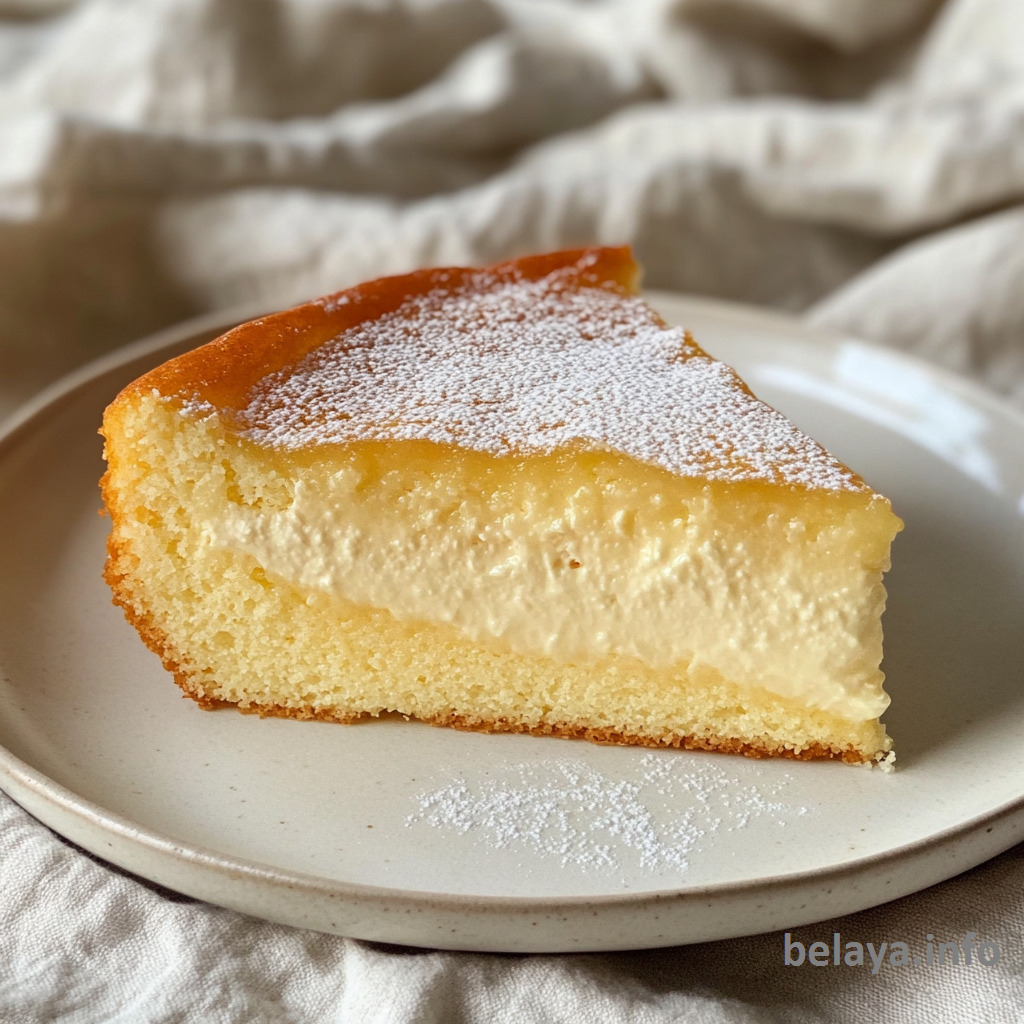
Key Ingredients:
Fresh Ricotta:
At the heart of this cake lies creamy ricotta—its rich, milky texture adds unparalleled moisture, tenderness, and a delicate complexity that elevates the entire crumb.
Lemon Zest & Juice:
Bright and aromatic, fresh lemon zest infuses the batter with floral citrus oils, while the juice brings a tangy lift that balances the sweetness and enlivens every bite.
Olive or Neutral Oil:
Unlike butter, oil keeps the cake light and moist even after days—ensuring a soft, melt-in-your-mouth texture that doesn’t harden when chilled.
Caster Sugar:
Finer than regular granulated sugar, caster sugar dissolves more evenly in the batter, helping create a smooth, delicate crumb and a subtle, refined sweetness.
Plain Flour & Baking Powder:
A simple yet essential base—plain flour provides structure, while baking powder ensures a gentle rise, making the cake airy without being too fluffy.
Ricotta Cream Filling (Optional):
Whipped ricotta combined with cream, vanilla, and sugar adds a luscious, creamy layer that echoes the flavors of the cake while offering a luxurious contrast in texture.
Lemon or Chocolate Glaze:
The finishing touch—a zesty glaze enhances the cake’s brightness, while the chocolate option transforms it into a rich, indulgent treat with Italian café charm.
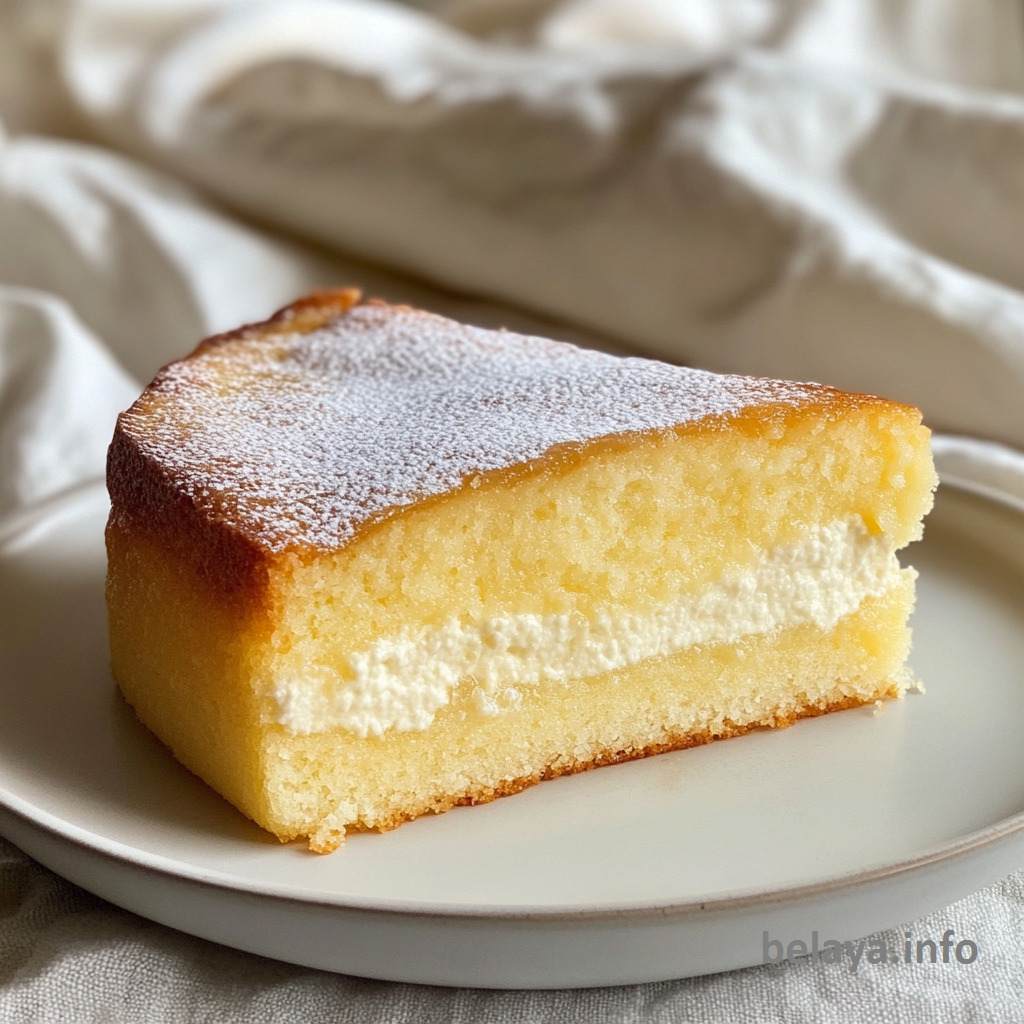
Expert Tips for the Best Lemon Ricotta Cake
Use Whole Milk Ricotta, Well-Drained:
For the best texture, choose high-quality, full-fat ricotta and drain any excess liquid using cheesecloth or a fine mesh sieve. Excess moisture can make the cake too dense or cause it to sink in the center.
Zest Before You Juice:
Always zest your lemons before juicing them. The zest contains essential oils that are key to infusing the cake with deep lemon aroma. Use a microplane for the finest, most fragrant results.
Don’t Overmix the Batter:
After adding the flour and baking powder, gently fold the mixture just until combined. Overmixing can activate gluten, leading to a tougher crumb instead of the cake’s intended tender, delicate texture.
Use Room Temperature Ingredients:
Eggs, ricotta, and lemon juice should all be at room temperature to ensure even mixing and better emulsion. This helps achieve a smoother batter and more uniform bake.
Line the Tin Carefully:
Grease and line the cake tin thoroughly, especially if using a bundt pan. Ricotta cakes are naturally more fragile, and proper lining helps prevent sticking and preserves the beautiful shape.
Rest Before Glazing or Filling:
Allow the cake to cool completely before slicing, glazing, or adding the ricotta cream filling. Applying glaze too soon can cause it to melt and run, while slicing a warm cake can cause crumbling or collapsing.
Chill the Ricotta Cream:
After whipping the ricotta cream, chill it for 10–15 minutes. This firms it up slightly, making it easier to spread between cake layers and keeping it stable during serving.
Customize the Glaze Thoughtfully:
For sharper lemon flavor, add a pinch of fine lemon zest to the glaze. If using chocolate glaze, opt for a 60–70% dark chocolate for richness that won’t overpower the subtle lemon notes in the cake.
Test with a Skewer in the Center:
This cake is moist by nature, so always test doneness with a skewer in the center—not just at the edges. The cake is ready when the skewer comes out clean or with just a few tender crumbs.
Let It Rest Before Serving:
After assembling, let the finished cake sit for 15–30 minutes. This helps the glaze set and allows the layers to harmonize, enhancing both texture and flavor.

Lemon Ricotta Cake
Ingredients
For the Cake:
200 ml oil (¾ cup)
2 large eggs
1 Tbsp finely grated lemon zest
40 ml fresh lemon juice (2 Tbsp)
250 g fresh ricotta
350 g caster sugar (1¾ cups)
300 g plain flour (2 cups)
2 tsp baking powder
For Lemon Glaze:
40 ml lemon juice
200 g icing sugar (1 cup), sifted
For Chocolate Glaze (alternative option):
100 g dark chocolate, chopped
60 ml cream
For Ricotta Cream Filling:
250 g ricotta
1 Tbsp pure icing sugar, sifted
1 tsp vanilla extract
250 ml full-fat or thickened cream (1 cup)
Instructions
Make the Cake:
Preheat your oven to 170°C (340°F). Grease and line a 20–24 cm round or bundt tin. A smaller pan will yield a taller cake.
In a large mixing bowl, whisk together the ricotta, eggs, oil, lemon zest, lemon juice, and caster sugar until smooth. It’s fine if a few ricotta curds remain—this adds texture.
In a separate bowl, sift together the flour and baking powder.
Using a spatula, fold the dry ingredients into the ricotta mixture until just combined.
Pour the batter into your prepared tin and bake for 50–60 minutes, or until a skewer inserted into the center comes out clean. (Baking time may vary depending on your oven.)
Lemon Glaze:
In a small bowl, add 1 Tbsp lemon juice, then sift the icing sugar over it.
Stir until smooth. Add a bit more juice if needed, but let it rest first—the sugar continues to absorb the liquid as it sits.
Chocolate Glaze (optional):
Heat cream in a small saucepan until just below boiling.
Remove from heat, add chopped chocolate, and stir until melted and smooth.
Ricotta Cream Filling:
In a mixer bowl, combine ricotta, icing sugar, vanilla, and cream.
Beat until light, fluffy, and soft peaks form.
Chill for 10 minutes before using.
Assemble and Finish:
Once the cake is cooled, slice it horizontally into two layers.
Spread a generous layer of ricotta cream between the halves.
Top with lemon glaze or chocolate glaze depending on preference.
Let the cake rest for 15 minutes before slicing. Enjoy!
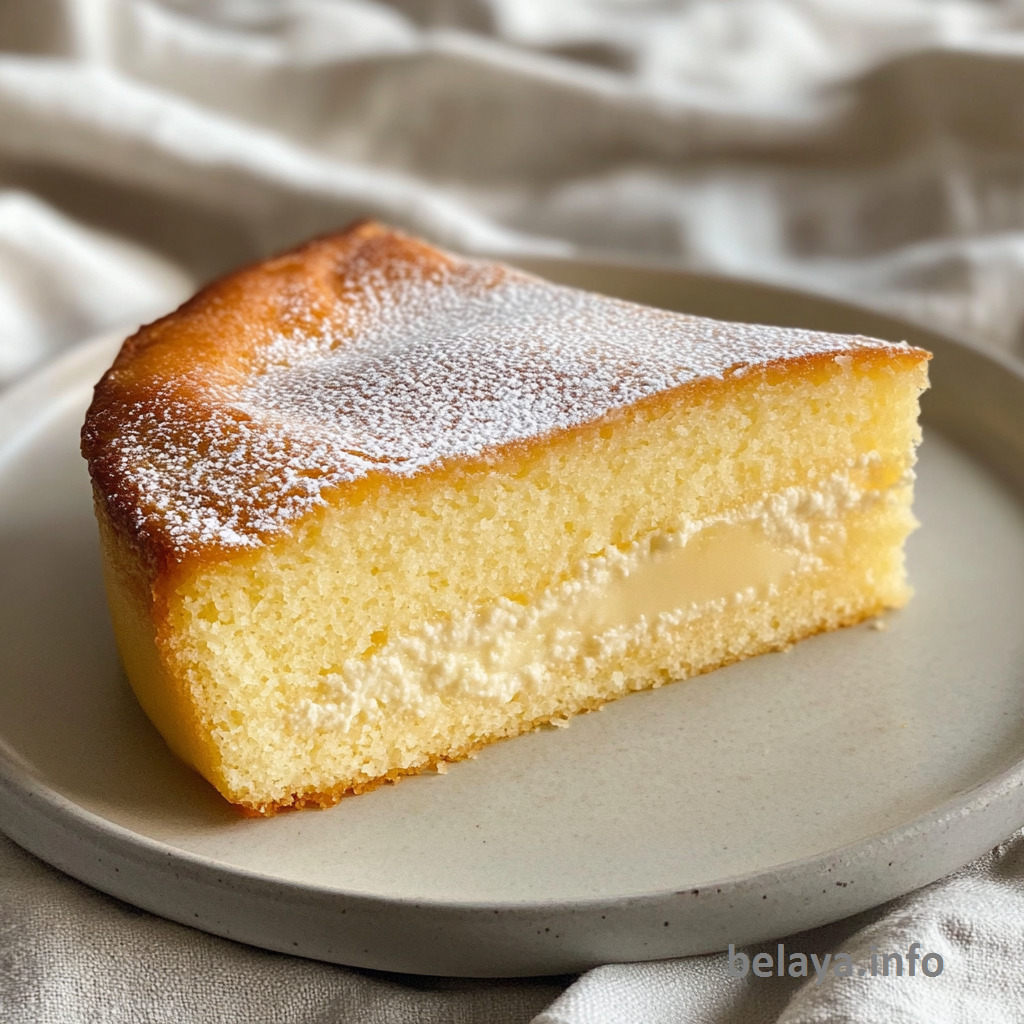
Important Notes When Making Lemon Ricotta Cake
Ricotta Texture is Everything:
The quality and consistency of your ricotta will directly impact the cake’s crumb. Use whole-milk ricotta with a fine, creamy texture. If it’s watery or grainy, drain it well in a fine mesh sieve or cheesecloth for 20–30 minutes. Too much moisture can weigh down the cake and prevent proper rising.
Oil Keeps It Moist, But Neutral Flavor Matters:
While oil gives the cake its lasting moisture and soft texture, choose a neutral-flavored oil (like light olive oil or canola) unless you want a subtle olive oil undertone. Avoid strong oils that may compete with the lemon.
This Cake is Meant to Be Tender, Not Fluffy:
Unlike sponge cakes or butter-based cakes, lemon ricotta cake is dense in a luxurious way—moist, fine-crumbed, and slightly custardy in the center. Don’t expect a high rise; instead, focus on texture.
Lemon Zest is the Flavor Backbone:
The zest holds more intense lemon flavor than juice. Use fresh, organic lemons if possible, and zest only the outer yellow skin—not the bitter white pith underneath.
Folding Technique Affects Texture:
After combining the wet and dry ingredients, switch from a whisk to a spatula and fold gently. This prevents overdeveloping the gluten, which could result in a chewy or overly dense cake.
Baking Time May Vary Greatly by Pan Type:
Bundt pans, deeper cake tins, and even oven calibration can affect bake time. Begin checking around 50 minutes but don’t rely on time alone—always test with a skewer in the center.
Cool Completely Before Assembling:
Whether glazing or adding the ricotta cream filling, the cake must be fully cooled. Otherwise, glazes will melt and slide off, and the cream filling will loosen and become runny.
Ricotta Cream Is Optional, But Transformative:
The whipped ricotta filling adds richness and contrast to the lemon cake. It transforms a simple loaf-style cake into a layer-worthy celebration dessert.
Glaze Choice Can Change the Personality of the Cake:
Lemon glaze keeps it bright, refreshing, and daytime-appropriate. Chocolate glaze adds depth and elegance—perfect for evening desserts or pairing with coffee or liqueurs.
Even Better the Next Day:
Like many ricotta or olive oil cakes, the flavor and texture improve after resting. The lemon settles, the crumb becomes more unified, and the cake slices more cleanly on Day 2.
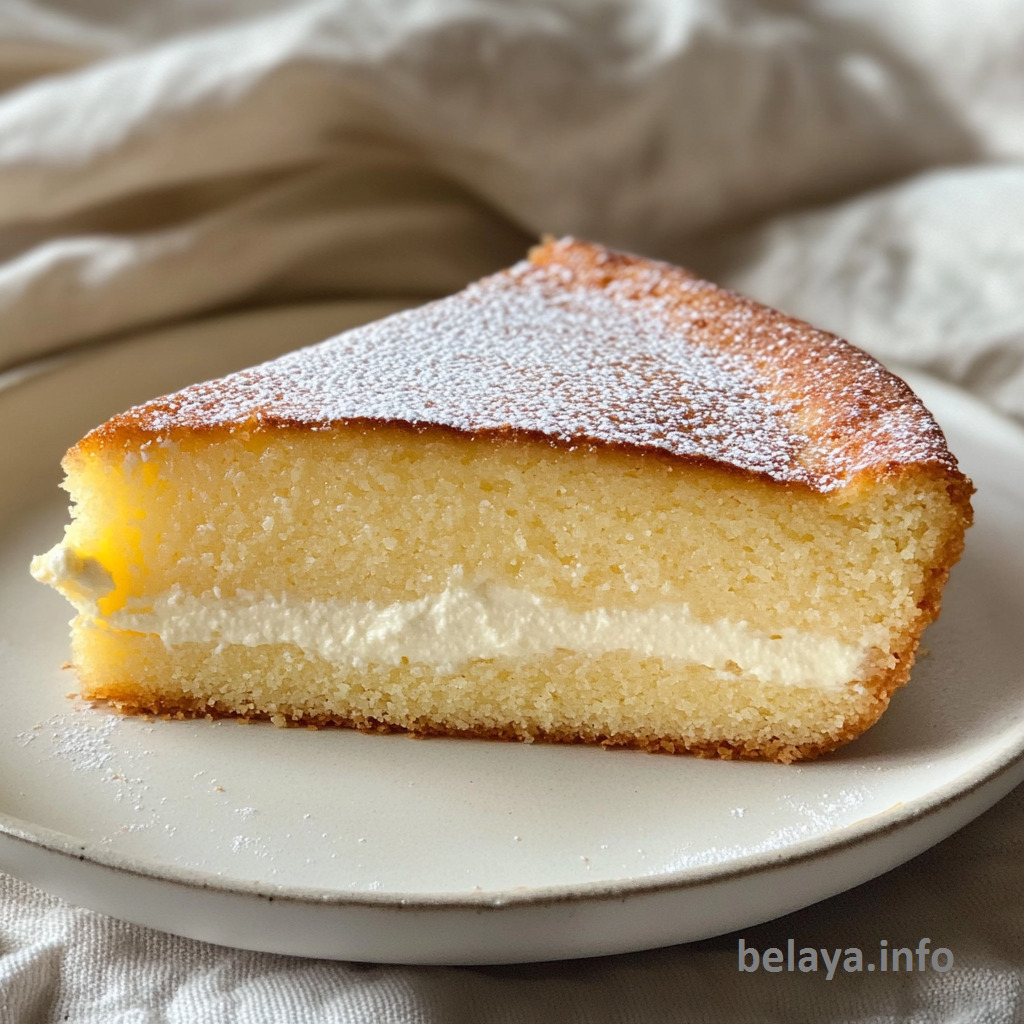
How to Enjoy Lemon Ricotta Cake After Cooking
Let It Cool Completely:
After baking, allow the cake to cool in the pan for 15–20 minutes, then transfer it to a wire rack to cool fully. This prevents the glaze or filling from melting and helps the crumb set properly for clean slicing.
Choose Your Finish:
For a refreshing finish: Drizzle with lemon glaze once cooled. The tangy citrus adds brightness and complements the creamy interior.
For indulgence: Pour warm chocolate ganache over the top for a rich, elegant dessert perfect for evening gatherings.
For layered luxury: Slice the cake horizontally and spread the whipped ricotta cream inside before glazing the top.
Perfect Pairings:
With tea: Enjoy a slice with Earl Grey or chamomile to highlight the lemony notes.
With espresso: For a more indulgent experience, pair with espresso or a shot of limoncello for an Italian café vibe.
With fruit: Serve with fresh berries or a compote for color, acidity, and a touch of tartness.
Best Serving Temperature:
This cake is wonderful served slightly chilled or at room temperature. If refrigerated, let slices rest for 10–15 minutes before eating to soften the texture and enhance the flavor.
How to Store It:
Store in an airtight container at room temperature (if ungarnished) for up to 2 days, or refrigerate if filled or glazed. Keeps well for 4–5 days in the fridge.
Reimagine Leftovers:
Trifle-style dessert: Layer leftover cake with ricotta cream and fruit in glasses for a quick, elegant treat.
French toast: Lightly toast a slice and serve warm with berries and syrup for a decadent brunch.

Nutrition Information
Per slice (assuming 12 servings from the full Lemon Ricotta Cake with lemon glaze, excluding optional chocolate glaze or ricotta cream filling):
Calories: 370 kcal | Total Fat: 19.6 g | Saturated Fat: 4.3 g | Monounsaturated Fat: 9.7 g | Polyunsaturated Fat: 2.1 g
Cholesterol: 55 mg | Sodium: 120–170 mg (depending on added salt and ricotta brand)
Total Carbohydrates: 42.5 g | Dietary Fiber: 0.7 g | Sugars: 26.8 g | Protein: 6.5 g
Notes:
Calculated with whole milk ricotta, standard caster sugar, plain flour, and lemon glaze only.
Values will increase if adding the ricotta cream filling or using the chocolate glaze.
Actual nutrition may vary slightly based on brands and exact ingredient weights.
Frequently Asked Questions
Can I use store-bought ricotta, or does it need to be homemade?
Store-bought ricotta works well, but for best results, choose whole milk ricotta with a creamy, dense texture.
If it’s watery, drain it through a fine mesh sieve or cheesecloth for 20–30 minutes to remove excess moisture.
Homemade ricotta is a wonderful upgrade if you have the time—it adds exceptional freshness and flavor.
Can I substitute butter for the oil in this recipe?
Yes, you can substitute melted unsalted butter for the oil, but it will change the texture.
Oil gives the cake a lighter, more tender crumb that stays moist longer.
Butter will make it slightly denser with a richer flavor, so it depends on your preference.
Why is my cake dense or sunken in the middle?
This can happen if the ricotta wasn’t drained well, the ingredients weren’t at room temperature, or the batter was overmixed after adding the flour.
Another common cause is underbaking—use a skewer or cake tester to ensure the center is fully cooked before removing it from the oven.
How should I store the cake, and how long does it stay fresh?
Store the cake in an airtight container at room temperature for up to 2 days, or refrigerate it for up to 5 days (especially if using the ricotta cream filling).
For best flavor and texture, let refrigerated slices sit at room temperature for 15–20 minutes before serving.
Can I freeze the cake?
Yes, the unglazed cake freezes beautifully.
Wrap it tightly in plastic wrap and foil, then freeze for up to 2 months.
Thaw overnight in the refrigerator.
If using the ricotta cream filling, it’s best to add the filling and glaze after thawing to preserve texture.
Do I need to drain the ricotta before using it?
Yes, if your ricotta is watery or very soft, it’s best to drain it using a fine mesh sieve or cheesecloth for 20–30 minutes.
Too much moisture in the batter can make the cake heavy, overly dense, or cause it to collapse in the center.
Why should the eggs and ricotta be at room temperature?
Room temperature ingredients blend more smoothly and evenly, helping the batter emulsify properly.
Cold ingredients can cause the batter to curdle or bake unevenly, which affects both texture and rise.
How do I know when the cake is fully baked?
Insert a skewer or cake tester into the center of the cake—it should come out clean or with a few moist crumbs.
The top should be lightly golden and spring back gently when pressed.
Start checking at the 50-minute mark, but baking time can vary by oven and pan size.
Can I make this cake in a loaf pan or bundt pan instead of a round tin?
Yes, but it will affect baking time and possibly texture.
A bundt pan makes for a beautiful presentation but requires thorough greasing and a longer bake.
A loaf pan works too but may yield a denser crumb and taller rise.
Always adjust your baking time and test for doneness.
What’s the best way to layer and fill the cake without it falling apart?
Let the cake cool completely before slicing it in half.
Use a long serrated knife and a gentle sawing motion to avoid tearing.
Chill the ricotta cream before spreading—it helps it hold its shape.
If the cake feels fragile, refrigerate it for 30 minutes before layering.